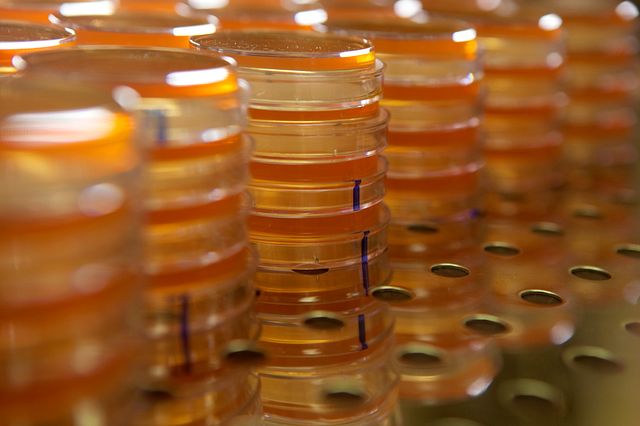Contamination Detection Assays and Analysis Services
From preclinical lots through routine bulk harvest testing of clinical and marketed batches, contamination testing helps ensure the safety of your biologic before it’s approved for use in animals and humans. The characterization of the purification process for the removal of impurities and testing for possible residues from process steps are also key parts of the chemistry and manufacturing controls (CMC) section of regulatory filings.
Our contamination testing portfolio offers compendial assays for the detection of mycoplasma and bacterial contaminants as well as in vivo, in vitro, and biochemical viral detection assays. Our experts can design and develop the appropriate contamination testing plan for your biologic, with a selection of readily available and/or customized assays that suit your specific needs. We support testing of all process stages for impurities, including residual Protein A, DNA, Tween, IPTG, TRIS, PEI, endotoxin, and host cell proteins.
Available Contamination Detection Offerings Include
- Microbiology Testing
- Mycoplasma Testing
- Sterility Testing
- Pyrogenicity, Endotoxin, and Monocyte Activation Testing
- Viral Safety Testing
- Next Generation Sequencing
- Host Cell Protein Assays
- Process- and Product-Related Impurities – HPLC-ELSD, HPLC-CAD, HPLC-MS, ELISA
- Residual DNA Testing
With a range of state-of-the-art equipment we provide thorough client-specific contamination analysis of impurities and raw materials testing. Additionally, we offer transfer or method development and validation for customized, product-specific methods.
Frequently Asked Questions (FAQs) About Contamination Testing
-
Why is contamination testing important?
Quality Control (QC) is essential to the pharmaceutical industry. Drug manufacturers must thoroughly test materials, processes, equipment, techniques, environments, and personnel in order to ensure their final products are consistent, safe, effective, predictable, and free of contaminants.
-
What is raw material testing?
Raw material testing refers to the purity, quality, and identity testing of all individual components of a product before it’s officially manufactured. Testing is conducted as described in the USP, EP, JP, etc., and ensures that any of the components used in the production and manufacture of pharmaceutical products are suitable for their intended use.
-
Where can biologics contamination testing regulatory guidelines be found?
Here are some regulatory guidelines for ensuring the safety of your products:
- FDA Guidance for Industry: ICH Q5A, Viral Safety Evaluation of Biotechnology Products Derived from Cell Lines of Human or Animal Origin 1 (1997)
- EMEA Guidance for Industry: CHMP guidelines on viral validation, Guideline on Virus Safety Evaluation of Biotechnological Investigational Medicinal Products 4 (1996)
The purpose of the restriction enzyme analysis method is to confirm that no changes have occurred in the restriction digestion pattern with respect to the integrated expression construct. The genomic DNA is extracted from the sample cells and then fragmented with a set of selected suitable restriction endonucleases.The resulting DNA fragments are separated using agarose gel electrophoresis. The restricted genomic DNA is then subjected to the Southern blotting procedure using labeled, sequence-specific probes. The length of the resulting fragments is determined and compared to the theoretical values.

